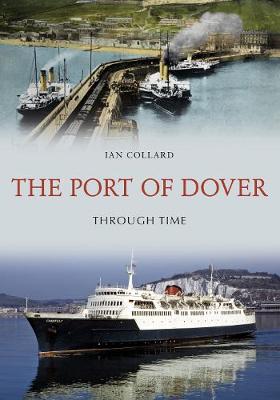The Port of Dover is Europe’s busiest ferry port and is situated in south-east England. It is the nearest port to France, which is twenty-one miles away, and the world’s busiest passenger port, with 12 million travellers, 2.5 million lorries, 2.2 million cars and motorcycles and 87,000 coaches passing through it each year. The port is owned and operated by the Dover Harbour Board, which was formed by Royal Charter in 1606 by King James I. It has an annual turnover of £59.8 million and the board members are appointed by the government. P&O Ferries and DFDS Seaways operate services to Calais and Dunkirk from the Eastern Docks. These docks were used for ship-breaking during the First World War and finally closed in 1964. In 1966 over 600,000 vehicles travelled through Dover’s Eastern Docks to France and Belgium.
The Western Docks are formed by the western arm of the harbour and include Admiralty Pier and other port facilities. They were used as a terminal for the Golden Arrow and other cross-channel train services. The railway station closed in 1994 and this area of the port was used for cross-channel hovercraft services operated by Hoverspeed, which was declared bankrupt in 2005. The railway station re-opened as the Dover Cruise Terminal and can accommodate up to three cruise ships at a time. The White Cliffs remain one of the most iconic and memorable parts of the Kent coast and the strategic importance of the town has been recognised throughout its history.
- ISBN10 144567274X
- ISBN13 9781445672748
- Publish Date 15 April 2018
- Publish Status Active
- Publish Country GB
- Imprint Amberley Publishing
- Format Paperback
- Pages 96
- Language English
